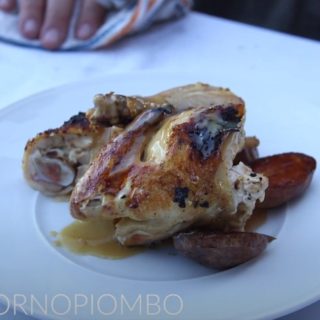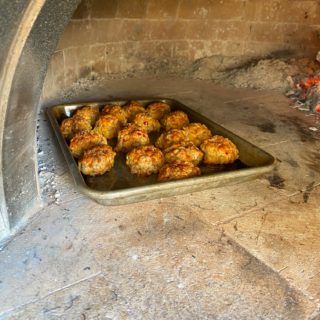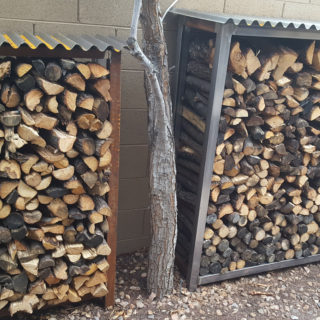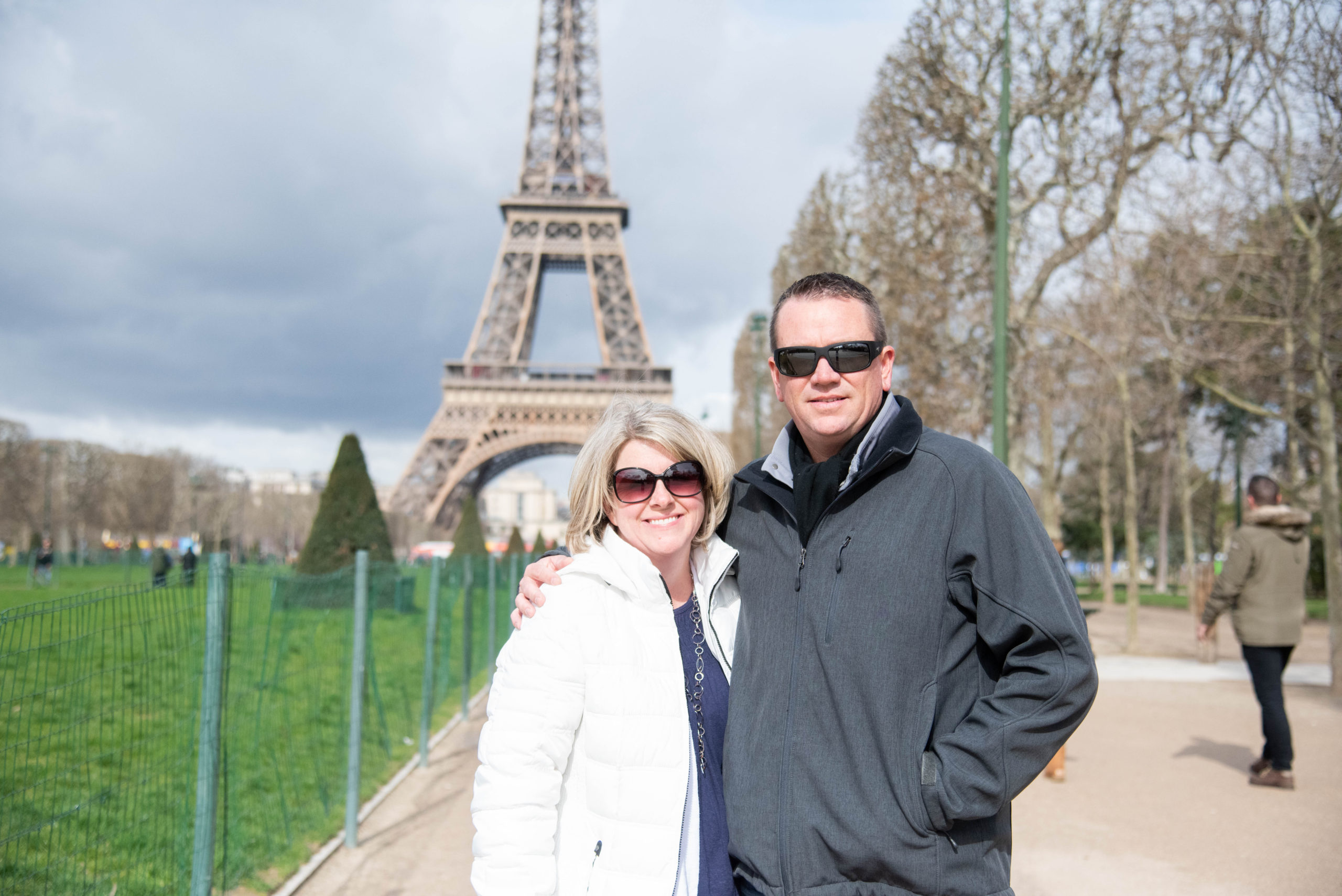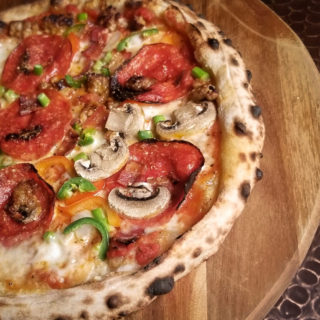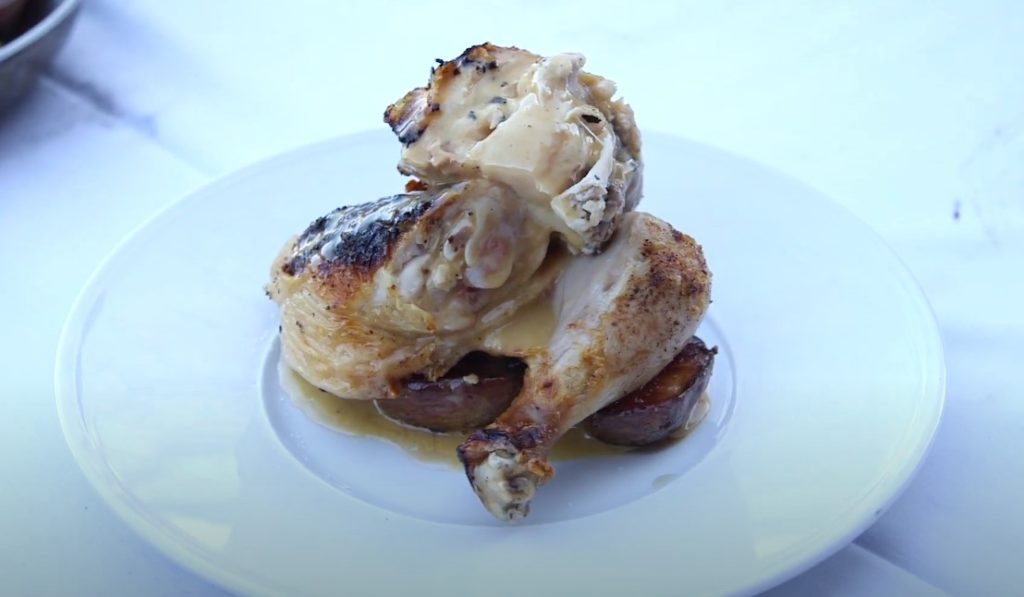
There were many weeks of social distancing and shelter in place…so what did Forno Piombo (the most awesome wood fired oven company) do?? Host a live stream wood fired cooking class. Genius. We were all stuck at home trying to figure out what to cook and how to make it fun. Well, they did it. I sat watching a live stream cooking class and can’t wait to make this chicken with the one currently hanging out in my freezer.
This class was taught in real time. Most states were staying at home to stay safe, so….many can cook along with the chef. We spent the weekend with my in-laws before we were mandated to shelter in place so I did not cook with the chef. Here is the recap of the class:
The menu is roasted chicken and Yukon potatoes. Chef Itamar Abramovitch demonstrates how to spatchcock the chicken in preparation for cooking by removing the backbone and wish bone and then cracking the breast bone. This is a skill I have never tried but seems to be quite popular as of late (or maybe I am just paying more attention).
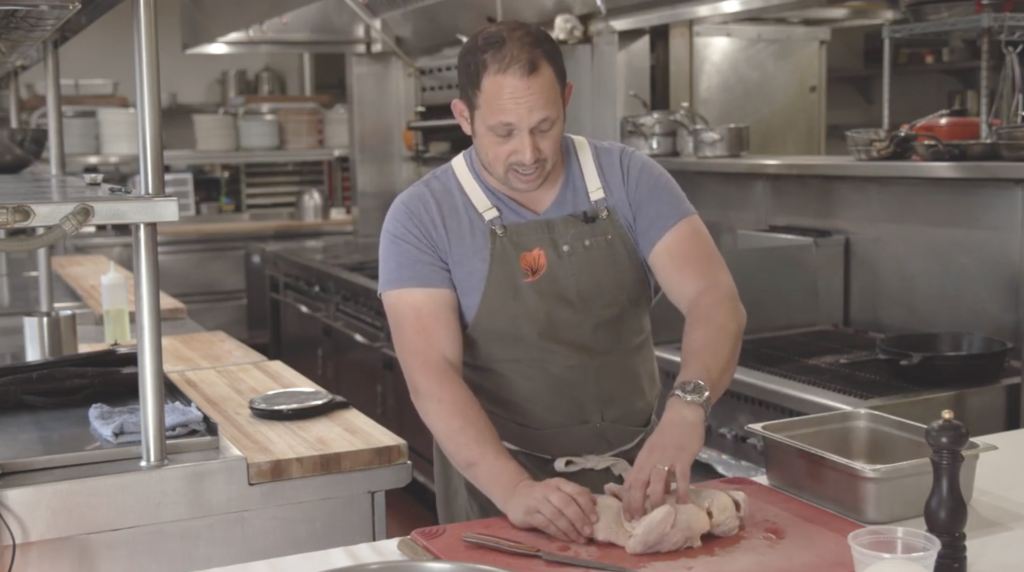
I love that he gave a very basic process that could be adjusted to any taste or to incorporate any flavor profile. For example, he placed the potatoes in a pan with ample canola oil. Simple. However, he shared that you could easily add garlic, rosemary, Calabrian chili, etc. to add flavor to the potatoes

Speaking of the potatoes, it is important to note that he boiled the potatoes whole. Once they were knife tender, he drained them and when cool enough to touch, sliced them in half lengthwise. They were then placed cut side down in the stainless steel pan for roasting in the oven.
It is noted from a viewer that Chef is using two different types of pans. Stainless for potatoes, cast iron for the chicken. Why? Metal is a great conductor to transfer heat from a source to food. Cast iron is heavy and retains heat within itself. When cold food is placed in cast iron, the pan stays hot. Stainless pan TIP: If you are using a traditional home oven, preheat the pan in the oven before placing food in it. In a wood fired oven the pan sits directly on the hot bricks so heat will transfer quickly and preheating is not necessary. This explained his choice not to preheat the pan in today’s demonstration.
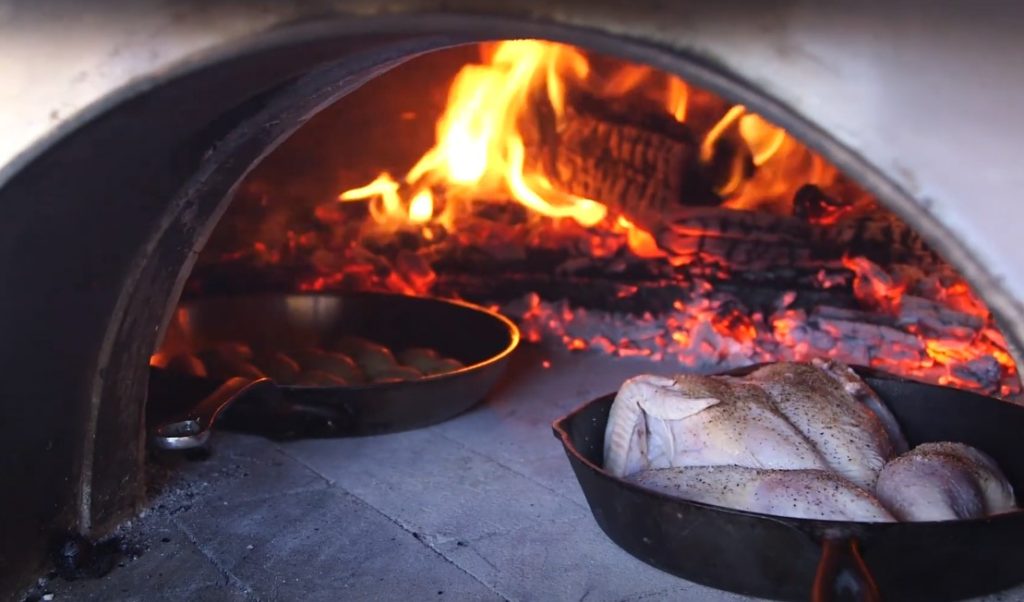
Chef Abramovitch mentioned he currently loves to make bread. I am very interested in bread baking, particularly sourdough bread as we just returned from San Francisco. Although I missed all of the details, he gave instructions for a bread starter that I need to go back and listen to more closely.
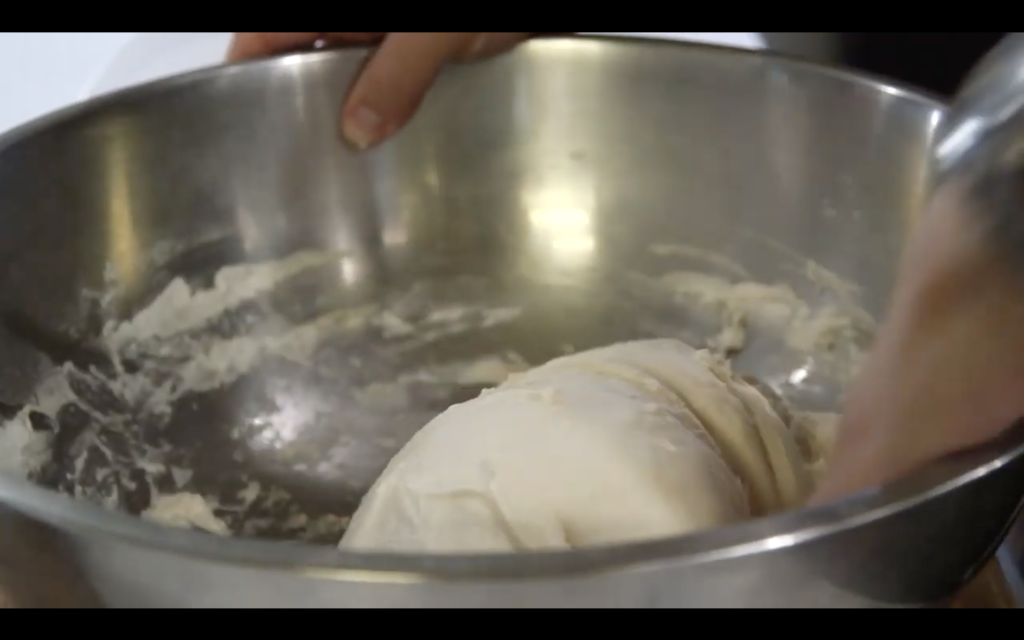
Often times in wood fired cooking, the fire is placed in a particular area of the oven to provide a specific level of heat and necessary cooking space. In the case of the chicken and potatoes today, the fire was in the back of the oven in order to allow more surface area in the front. This is a great way to control the environment your dish is cooking in…closer to the fire=higher heat, closer to the mouth of the oven=cooler temperature.
The chicken was prepared very simply with just salt and pepper for today’s class. Variation suggestions were jalapeño under the skin of the chicken or adding lime or lemon zest peeled with peeler under the skin and whole slices under the chicken. The same advice could be use to add herbs.
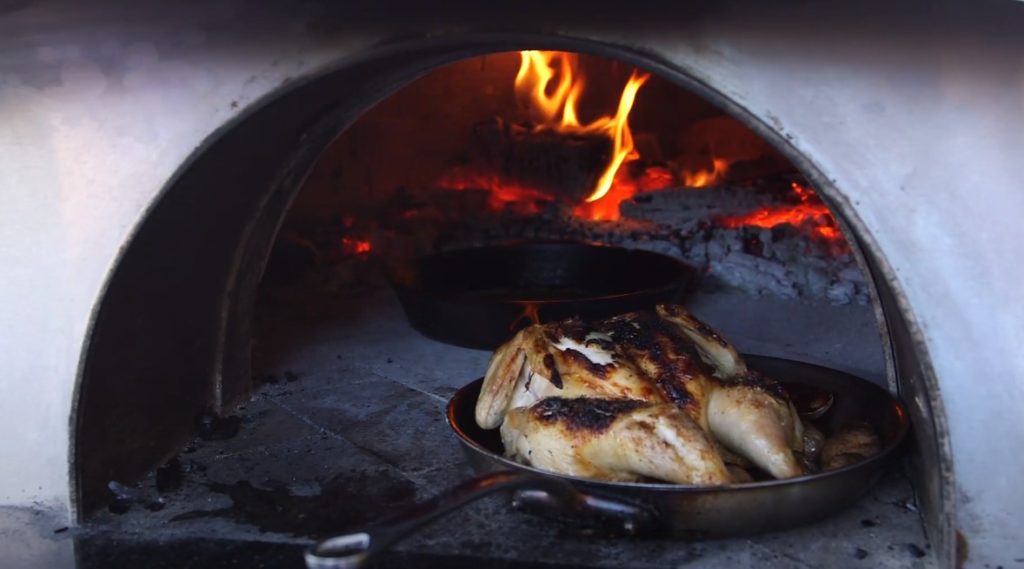
One of my favorite moments was when a playful chef viewing the class online like us novice cooks chimed in and asked about a sauce. Chef Abramovitch was able to think on his feet, take us on a field trip to his fridge and pantry and whip up a delicious sounding sauce! He made a play on a classic beurre blanc using fat, milk solids and “water”. There were no lemons on hand, so using what he had, the new sauce stars were champagne vinegar and tangerine juice (they were the “water”). He started the sauce in a new pan but eventually changed course and used the pan the chicken had been cooking in so he could utilize the fond. You know, the delicious browned bits on the bottom of the pan? He used the vinegar and juice to deglaze the pan and put it in the oven to begin reducing. When there are only a few tablespoons of liquid remaining, add butter…heavenly delicious butter. Shaking the pan as the butter is added will emulsify the butter into the liquids (you could also whisk). Pro Tip: If the sauce starts to separate, remove from heat (possibly even to a different dish/pan) and add another knob of butter to quickly cool it down.
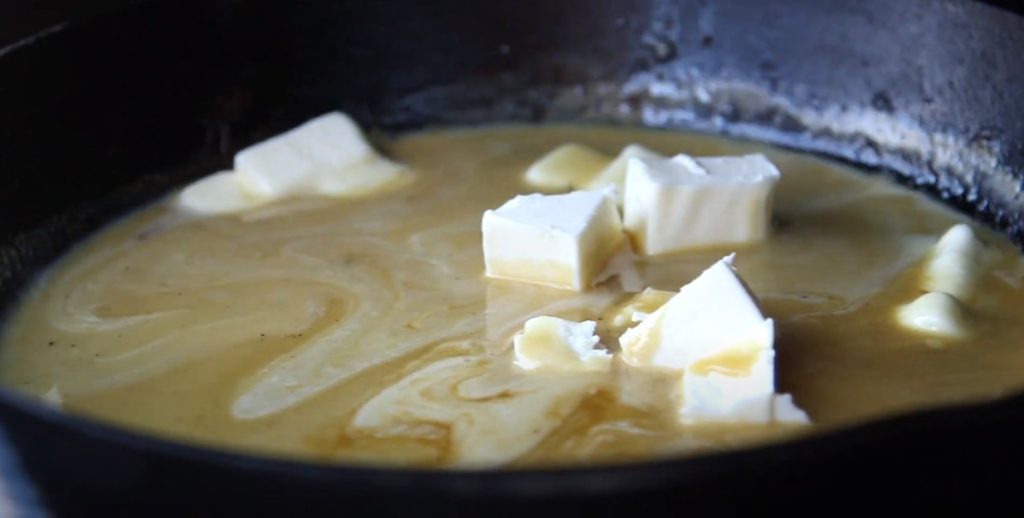
This meal looked delicious and was a great starting point for many variations depending on your particular tastes and preferences. I loved this statement, “Wood fired cooking forces your attention.” I think this is some of the allure of wood fired cooking. It is an active process. There are some dishes you can braise in the oven and walk away but for the most part you have to tend to the fire. Move your dish closer and farther from the heat source to control cooking. Although you don’t want to do this right now in Phoenix, there is also the pure joy of cooking outdoors. Enjoying the weather while making something for those you love.
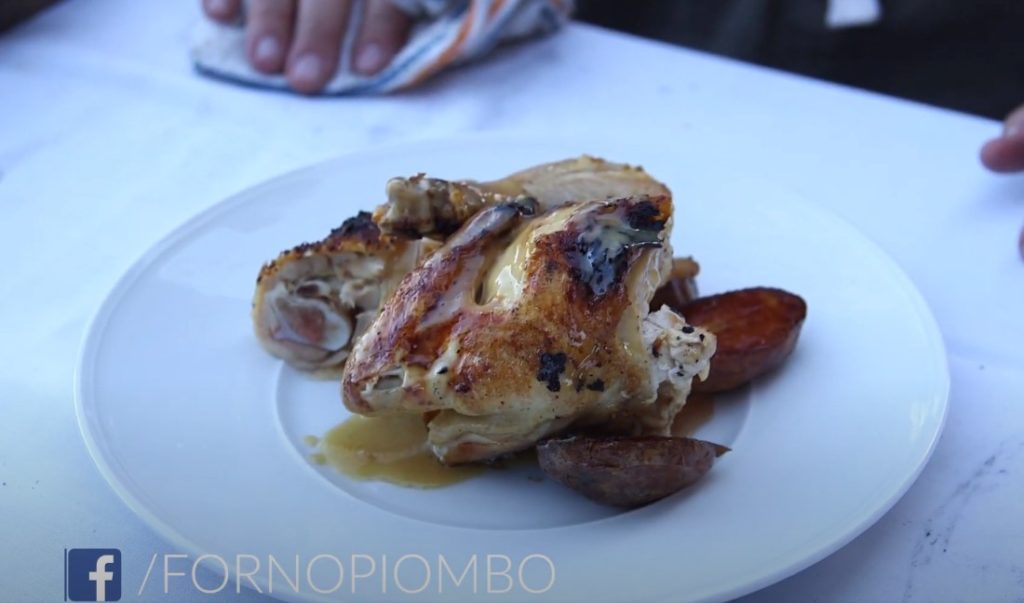
If you would like to watch the class for yourself just Click Here to be directed to Forno Piombo’s YouTube page. If you want to hear about new posts to our blog when they happen, please like us on Facebook and follow us on Instagram @woodfiredfanatics.
